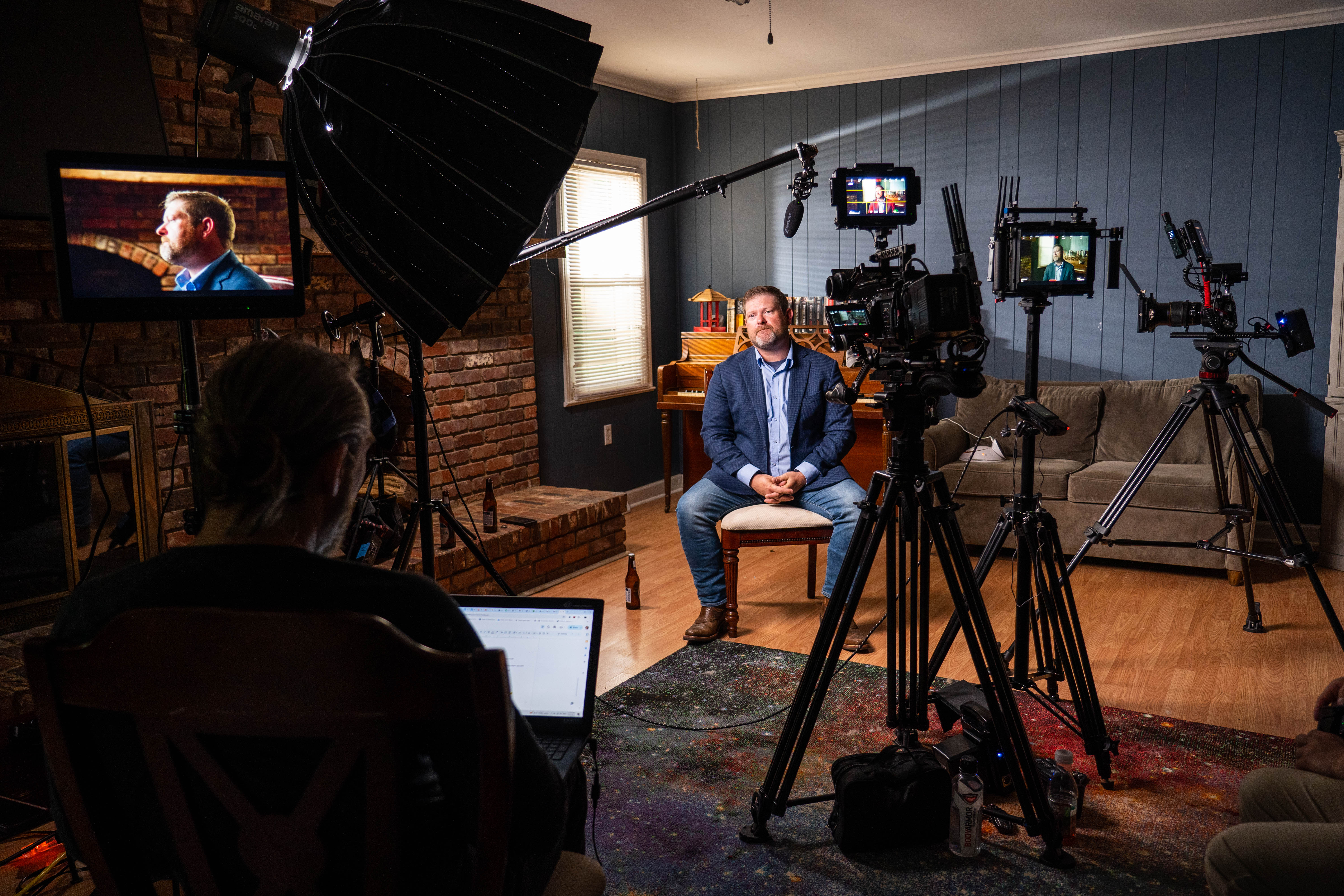The Power of Storytelling in Branding and Marketing
We’ve all heard a story that stuck with us long after it was told. Maybe it was a childhood book that transported you to another world or a brand message that resonated so deeply it made you take action. Stories aren’t just for entertainment—they shape the way we connect, think, and make decisions.
TL;DR
- Stories create deep connections – They resonate emotionally and make brands memorable.
- Good storytelling requires knowing your audience – Understand their problems and aspirations.
- Vivid storytelling creates a lasting impact – Use specific details to paint a compelling picture.
- Stories make proposals irresistible – A well-told narrative makes your offer feel natural and valuable.
- The best brands leverage storytelling – Use it to build trust, drive engagement, and boost conversions.
Why Storytelling is the Ultimate Marketing Tool
In a world filled with bland, forgettable marketing, storytelling is the secret weapon that sets brands apart. It’s not just about selling—it’s about creating an emotional connection that turns casual viewers into loyal customers. Research even shows that storytelling synchronizes brain waves between the storyteller and the listener, making stories one of the most effective ways to persuade, influence, and inspire action.
So how can brands use storytelling to drive engagement and conversions? Let’s break it down.
1. Know Your Audience: The Problem and the Pursuit
Before telling a story, you need to understand who you’re telling it to. The best brand stories resonate because they tap into the audience’s current struggles (the problem) and what they aspire to achieve (the pursuit).
Think about it—Nike doesn’t just sell shoes. They sell the idea of overcoming obstacles and achieving greatness. Their messaging speaks to the athlete in everyone, making their brand mission deeply personal and inspiring.
For businesses, the key to powerful storytelling is deeply understanding what your audience wants and where they are struggling. The more you can mirror their emotions and goals in your storytelling, the more likely they are to engage with your brand.
2. Paint a Picture: Use Specific, Relatable Details
Great stories don’t just tell—they show. The more vivid the imagery and emotions, the more memorable the message.
For example, rather than simply saying, “Our product helps businesses grow,” craft a story around a real or hypothetical customer:
“Sarah, a small business owner, was overwhelmed by slow sales and a cluttered marketing strategy. She tried everything, but nothing stuck. That’s when she discovered [your product], which streamlined her marketing, doubled her revenue, and gave her time back to focus on what she loves.”
The more specific and emotionally resonant the story, the more your audience will see themselves in it—and that’s what makes them act.
3. Make the Proposal Feel Natural
In marketing, every campaign ultimately leads to a proposal: buy our product, sign up for our service, join our event. But the biggest mistake brands make is asking for a commitment too soon.
A well-told story takes the audience on a journey, building credibility and trust before making the offer. The best brands don’t just sell; they engage, educate, and entertain first. This principle aligns with Gary Vaynerchuk’s Jab, Jab, Jab, Right Hook approach—give value before you ask for anything in return.
4. Why Storytelling Works for Conversions
Stories don’t just capture attention—they drive action. Research in healthcare marketing shows that people are more likely to change behaviors when they see someone they relate to making the same change. The same applies to business and branding.
When people connect emotionally with your brand story, they don’t just buy your product—they buy into your mission. That’s what builds long-term loyalty and advocacy.
Final Thoughts: Tell More Stories, Win More Customers
In the end, marketing isn’t about who has the biggest budget—it’s about who tells the best story. Stories bridge the gap between businesses and their audience, making brands feel more human, relatable, and trustworthy.
So if you want to cut through the noise, stop relying on dry facts and empty sales pitches. Start telling stories that resonate, inspire, and most importantly—convert.
Ready to Build a Story-Driven Brand?
If you’re looking to elevate your brand’s storytelling and marketing strategy, we can help. Let’s create narratives that engage, persuade, and drive real results. Get in touch today!



